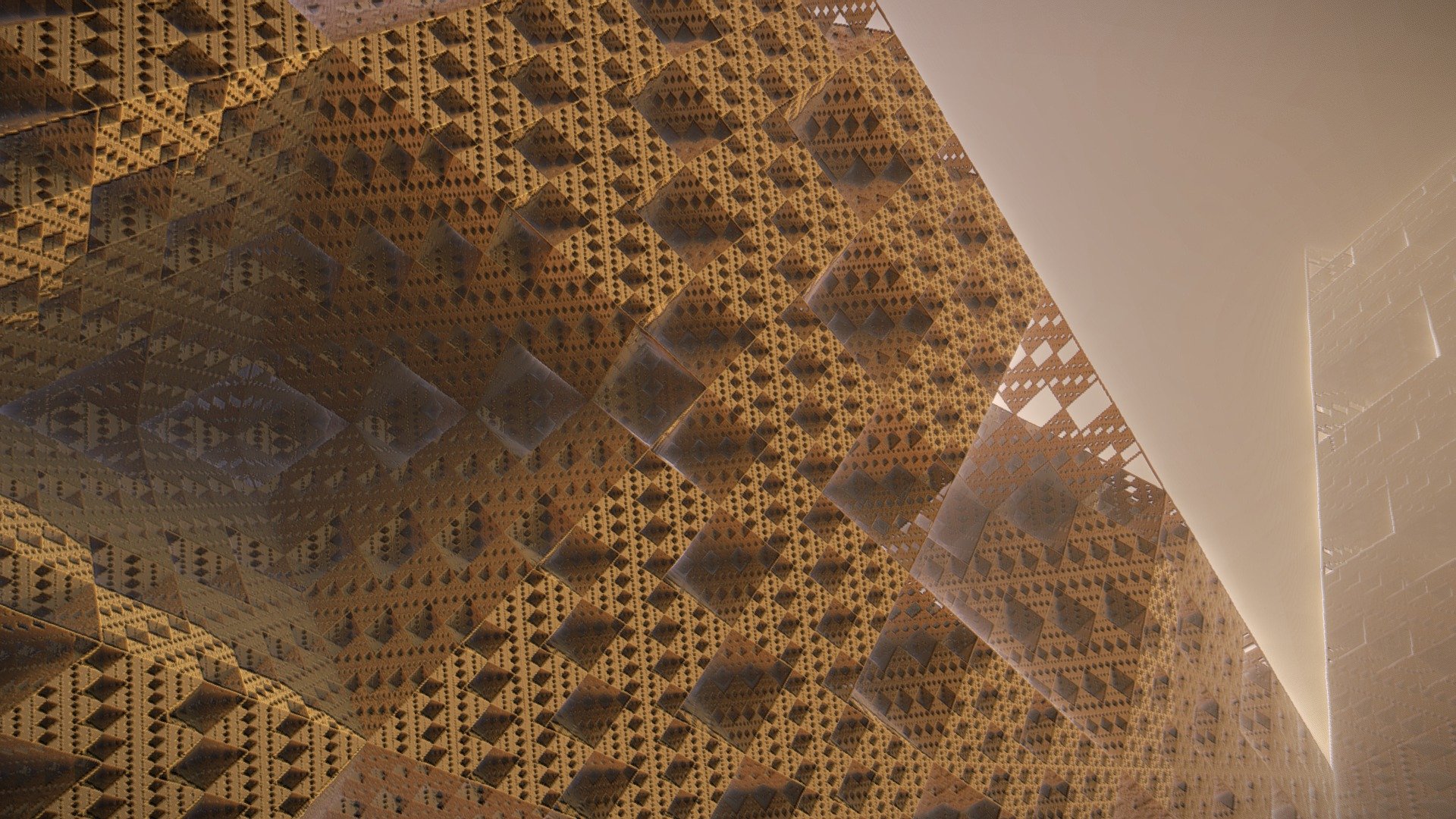

Around 20 years ago, along with other approaches, he first imagined the concept behind the potential 3D Mandelbulb (barring a small mistake in the formula, which nevertheless still can produce very interesting results - see later), and also wrote a short story about the 3D Mandelbrot in 1987 entitled " As Above, So Below" (also see his blog entry and notebook). Ur story starts with a guy named Rudy Rucker, an American mathematician, computer scientist and science fiction author (and in fact one of the founders of the cyberpunk science-fiction movement). Opening Pandora's Box For the Second Time Navigation: use the links below to view more comments. : Experimenting with iterations and powers.
 Opening Pandora's Box for the second time. For the impatient, you can skip to the nice pics, but the below makes an interesting read (with a little math as well for the curious). What we have featured in this article is a potential 3D version of the same fractal. But in the end, it's still only 2D and flat - there's no depth, shadows, perspective, or light sourcing. It's found by following a relatively simple math formula. It's known as a 'fractal' - a type of shape that yields (sometimes elaborate) detail forever, no matter how far you 'zoom' into it (think of the trunk of a tree sprouting branches, which in turn split off into smaller branches, which themselves yield twigs etc.). The original Mandelbrot is an amazing object that has captured the public's imagination for 30 years with its cascading patterns and hypnotically colourful detail.
Opening Pandora's Box for the second time. For the impatient, you can skip to the nice pics, but the below makes an interesting read (with a little math as well for the curious). What we have featured in this article is a potential 3D version of the same fractal. But in the end, it's still only 2D and flat - there's no depth, shadows, perspective, or light sourcing. It's found by following a relatively simple math formula. It's known as a 'fractal' - a type of shape that yields (sometimes elaborate) detail forever, no matter how far you 'zoom' into it (think of the trunk of a tree sprouting branches, which in turn split off into smaller branches, which themselves yield twigs etc.). The original Mandelbrot is an amazing object that has captured the public's imagination for 30 years with its cascading patterns and hypnotically colourful detail. 
The Unravelling of the Real 3D Mandelbulb







 0 kommentar(er)
0 kommentar(er)
